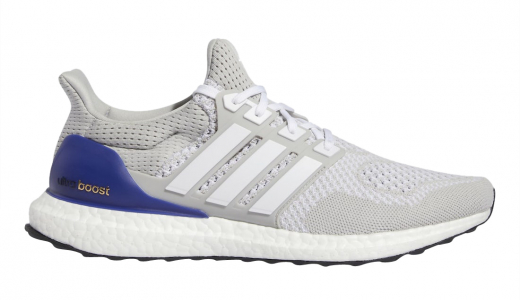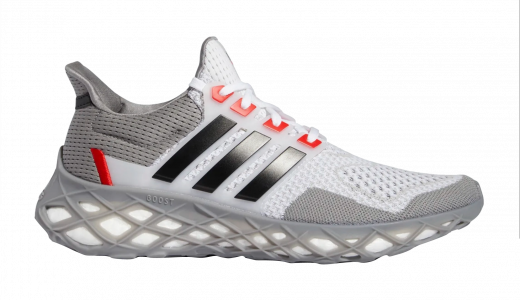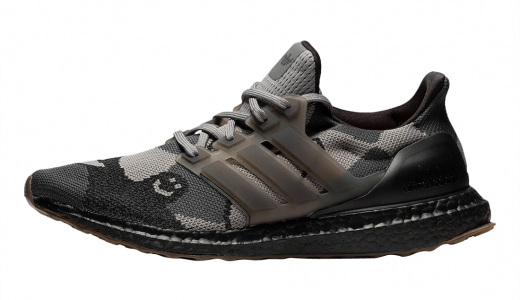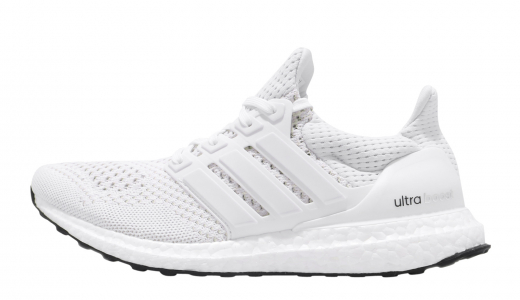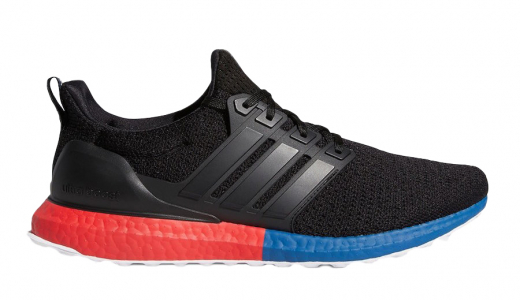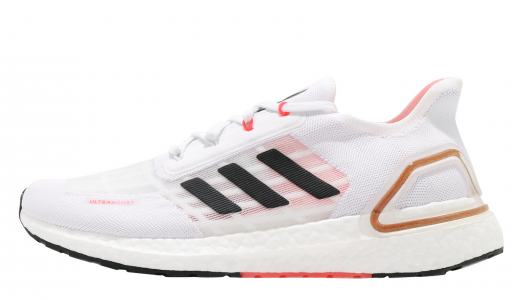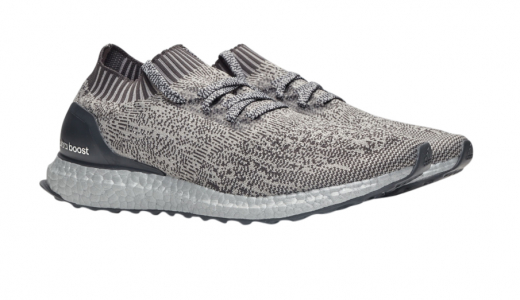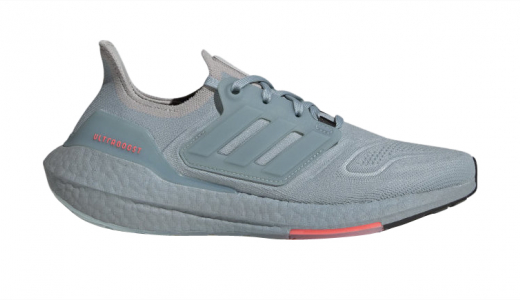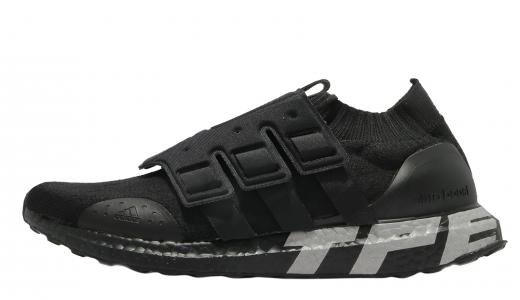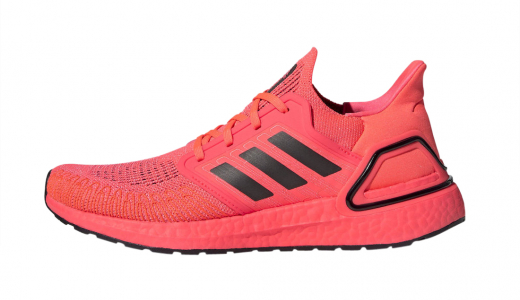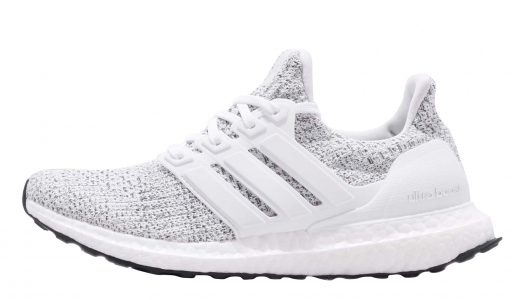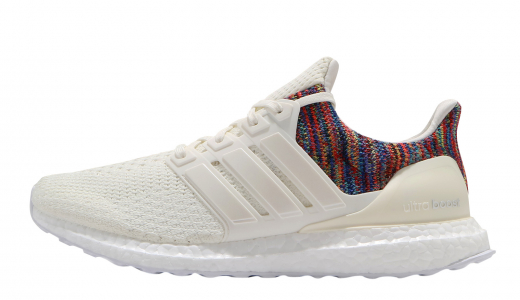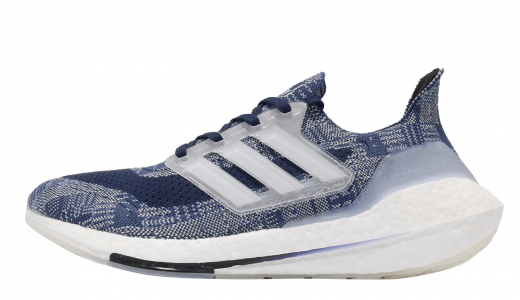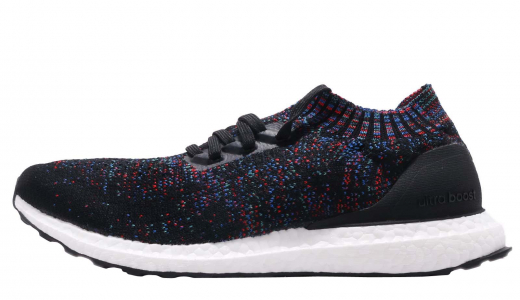Adidas Ultra Boost
The Adidas Ultra Boost has revolutionized the athletic footwear landscape with its unparalleled combination of comfort, performance, and aesthetics. First introduced in 2015, the shoe quickly garnered a devoted following among runners and casual wearers alike. Its standout feature is the Boost midsole technology, composed of thousands of energy-returning foam pellets that provide exceptional cushioning and responsiveness. This innovative design adapts to each stride, ensuring maximum energy return and reducing fatigue over long distances. Additionally, the shoe's Primeknit upper offers a snug, sock-like fit that enhances flexibility while maintaining breathability and support. Together, these elements create a shoe that excels in both everyday wear and rigorous athletic activity.
Beyond its technical prowess, the Adidas Ultra Boost has also made significant strides in the fashion world. Its sleek, modern design and versatile colorways have made it a staple in streetwear, further bridging the gap between performance footwear and everyday style. Collaborations with high-profile designers and brands have elevated its status, making it a coveted item among sneaker enthusiasts. The Ultra Boost continues to evolve, incorporating sustainable materials and cutting-edge technologies, ensuring it remains at the forefront of the sneaker market. Whether you're an athlete seeking peak performance or a fashion-conscious individual looking for the perfect blend of style and comfort, the Adidas Ultra Boost delivers on all fronts.
History of Adidas Ultra Boost
The History of adidas Ultra Boost: Redefining the Running Shoe
The adidas Ultra Boost, a sneaker that has managed to make an indelible impact in both the athletic and fashion worlds, stands as a testament to the transformative nature of innovative design and technology in the sporting industry. To understand how the adidas Ultra Boost inevitably became a beloved classic, one must delve into the confluence of circumstances, technological advancements, and cultural factors that together forged its path to iconic status.
Early Beginnings and Development
The journey of the Ultra Boost began well before its official release in 2015. It was the result of years of research and innovation led by adidas, which continually pushes boundaries in sports performance and footwear design. By the late 2000s, adidas had already established itself as a key player in the sportswear industry, consistently competing with rivals like Nike for market dominance.
The Demand for Innovation
During the early 2010s, the running shoe market experienced a shift towards high-performance, versatile footwear. Runners and athletes demanded shoes that offered better cushioning, energy return, and overall comfort. adidas, recognizing this demand, decided to synergize their technological expertise in materials engineering with biomechanical research to create a revolutionary running shoe.
Partnering with BASF
A significant milestone was the partnership between adidas and the German chemical company BASF. BASF’s contribution was crucial – they developed a new kind of foam called expanded thermoplastic polyurethane (eTPU), known commercially as BOOST™. Unlike traditional EVA (ethylene-vinyl acetate) foam, BOOST™ consisted of thousands of tiny capsules that compressed under pressure and instantly bounced back to their original shape. This property promised unprecedented energy return and cushioning.
The Creation of the Ultra Boost
Initial Trials and Prototypes
The initial phase of incorporating BOOST™ technology saw its application in various adidas running shoes, including the Energy Boost, which received positive feedback from both amateur and professional athletes. Buoyed by this success, adidas set out to build on this technology, aiming to create a shoe that would not only perform exceptionally but also redefine comfort and style.
Design Philosophy
The design team, led by Ben Herath, adopted a holistic approach. They envisioned a shoe that blurred the lines between performance and lifestyle, functional and fashionable. Several elements became central to the Ultra Boost’s design: 1. **Midsole**: The full-length BOOST™ midsole was designed to provide optimal energy return and cushioning. 2. **Upper**: The upper utilized adidas’ PRIMEKNIT, a stretchy, breathable material that allowed the shoe to contour to the wearer’s foot, offering a sock-like fit. 3. **Fit Cage and Heel Counter**: The incorporation of a Torsion System within the midsole and an external heel counter added stability and support without compromising comfort. 4. **Outsole**: The use of a Stretchweb outsole with Continental™ rubber provided exceptional grip and durability.
Testing and Refinement
Throughout its development, the Ultra Boost underwent rigorous testing. Feedback from runners of varying skill levels was integral to refining the shoe’s features. Furthermore, biomechanical studies ensured that every aspect of the shoe, from its weight distribution to its flexibility, was optimized.
Official Launch and Reception
The Arrival of Ultra Boost (2015)
In February 2015, adidas officially unveiled the Ultra Boost. The debut event was grand, echoing the company’s belief in the groundbreaking nature of the shoe. Many influencers and athletes were invited to test and experience the Ultra Boost firsthand, contributing to a buzz that extended far beyond the core running community.
Immediate Impact
The Ultra Boost garnered immediate acclaim for its unparalleled comfort and performance. Professional athletes endorsed its efficiency, and many runners noted significant improvements in their running experience. The sneaker also began to attract attention from fashion enthusiasts for its sleek, modern design and versatility.
Marketing and Influence
Strategic marketing played a pivotal role in the Ultra Boost’s burgeoning popularity. Collaborations with high-profile celebrities and influencers, including Kanye West, significantly boosted the Ultra Boost’s visibility. West notably wore the Triple White Ultra Boost at several public appearances, leading to a surge in demand. His endorsement cemented the Ultra Boost’s status as not just a running shoe but a fashion statement.
Evolution and Expansions
Ultra Boost Uncaged (2016)
Building on the success of the original Ultra Boost, adidas introduced the Ultra Boost Uncaged in 2016. This variation featured a redesigned upper without the plastic fit cage, catering to those who desired a more streamlined, minimalist look. The Uncaged version retained the BOOST™ midsole and other performance attributes, proving equally popular among runners and fashionistas alike.
Ultra Boost 2.0 and 3.0
Adidas continued to refine and diversify the Ultra Boost lineup. The Ultra Boost 2.0, released in late 2015, featured minor tweaks and new colorways but largely retained the original’s design ethos. Its successor, the Ultra Boost 3.0, launched in December 2016, introduced an updated Primeknit pattern and a refined heel counter, offering slight performance and aesthetic improvements.
Special Editions and Collaborations
Adidas capitalized on the Ultra Boost’s popularity through various special editions and collaborations. Limited releases, pairing with brands like Parley for the Oceans, emphasized sustainability by incorporating recycled ocean plastic into the shoe’s construction. Such collaborations not only broadened the Ultra Boost’s appeal but also underscored adidas’ commitment to environmental stewardship.
Cultural Impact and Legacy
Influence in Pop Culture
The intersection of performance and style that the Ultra Boost represents has ensured its prominence in pop culture. Influential figures across sports, music, and entertainment have embraced the sneaker, continually elevating its status. The Ultra Boost became a common sight in urban fashion, often paired with streetwear staples.
Expanding the Audience
The Ultra Boost’s versatility extended its appeal beyond the conventional running community. It became a lifestyle shoe worn by people from various walks of life, including those who may not have identified as runners. This broad acceptance was a testament to its superior comfort and universal design appeal.
Athletic Achievements
Despite its crossover into mainstream fashion, the Ultra Boost never lost its running roots. It remained a go-to choice for many athletes, aiding numerous personal bests and accomplishments on tracks and marathons globally. The Ultra Boost’s technological advancements, particularly its unparalleled energy return, earned it a place in the annals of running shoe innovations.
Continuing Evolution
Ultra Boost 4.0 and Beyond
Adidas continued to innovate with subsequent versions of the Ultra Boost. The Ultra Boost 4.0, released in late 2017, introduced a new Primeknit design for improved breathability and fit. Each iteration brought subtle enhancements in response to user feedback, technological advancements, and design trends.
Ultra Boost 19 and 20
In December 2018, the Ultra Boost 19 arrived with significant overhauls. The shoe was deconstructed and rebuilt from the ground up, resulting in a 20% increase in BOOST™ material in the midsole and an optimized fit for better performance. The Ultra Boost 20 followed suit in late 2019 with further refinements, marking a continual commitment to evolution and performance.
Sustainability Efforts
As environmental concerns grew, adidas stepped up its sustainability efforts. Collaborations with organizations like Parley promoted eco-friendly practices, and the introduction of the Ultraboost DNA Loop pushed boundaries with a fully recyclable version. Such initiatives highlighted adidas’ gradually increasing focus on reducing the environmental footprint of their products.
Conclusion
The history of the adidas Ultra Boost is a multifaceted narrative of innovation, collaboration, and cultural synergy. From its inception as a high-performance running shoe to its evolution into a global fashion icon, the Ultra Boost has continually exemplified how cutting-edge technology can transcend its original purpose.
By combining the unparalleled cushioning and energy return of BOOST™ foam, the adaptive support of Primeknit, and a keen eye for aesthetic appeal, adidas created more than just a shoe – they set a new standard in the industry. The Ultra Boost’s journey reflects the dynamic interplay between technology, design, and cultural trends, ultimately reshaping our perceptions of what a running shoe can be.
As adidas continues to innovate and refine, the legacy of the Ultra Boost serves not only as a milestone in footwear history but as an ongoing inspiration for future advancements. Whether on the track, the street, or the fashion runways, the Ultra Boost’s influence remains palpable, a beacon of relentless pursuit of excellence and creativity.
